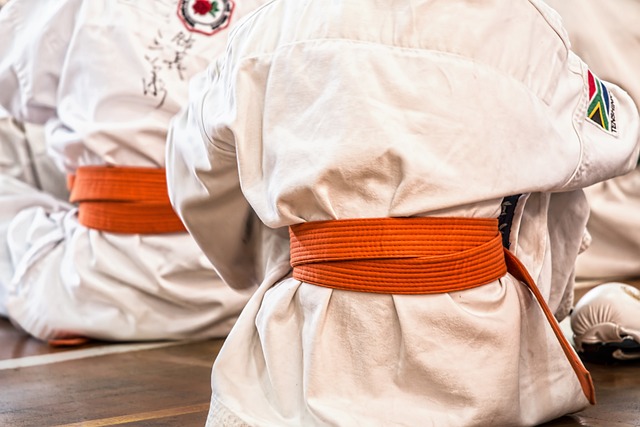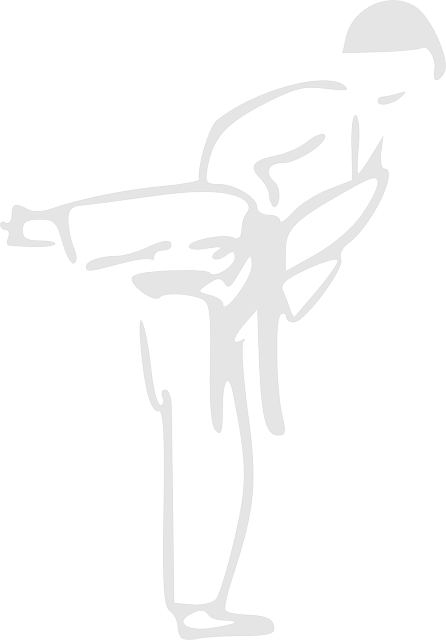The karate outfit, known as a gi, is not merely a uniform but a symbol deeply rooted in the tradition and history of karate. Originating from Okinawa, the gi's design—comprising a jacket, trousers, and belt—is functional for practice while rich in symbolism. The loose-fitting garb allows for unrestricted movement, with the belt indicating the wearer's rank. Globally, the white gi represents purity and unity among karate practitioners, or karateka. Over time, the traditional peasant attire has evolved to incorporate modern enhancements such as performance-oriented features, diverse fabric weights, and various styles, including those with pre-belted obi. Competition gis adhere to international federation standards, emphasizing the athlete's movements for effective judging. Today's gis also serve as a canvas for personal expression and branding, reflecting both individual identity and the influence of sports sponsorship. This evolution ensures that the karate outfit remains true to its origins while embracing contemporary advancements for both daily training and competitive karate.
Embark on a journey through the discipline of karate, where the uniform, reverently termed a ‘Gi,’ stands as a testament to tradition and respect within the martial art’s practice. This article delves into the significance of the Gi, its evolution over time, and the variety of adaptations that cater to both traditionalists and modern practitioners. Discover the essence of this foundational garb that each karateka dons, symbolizing their dedication and the rich history of karate.
- The Essence of Tradition: Understanding the Karate Outfit Called Gi
- Evolution and Variety: Modern Adaptations of the Karate Uniform
The Essence of Tradition: Understanding the Karate Outfit Called Gi

The karate outfit known as a gi is more than mere attire; it embodies the essence of tradition that has been woven into the fabric of this martial art for centuries. Constructed with a heavyweight cotton or hemp material, the gi serves as a tangible link to the discipline’s origins in Okinawa. It consists of a jacket, trousers, and belt, each component carrying symbolic significance within the karate community. The top, or jacket, is meant to be loose-fitting, allowing for ease of movement while training. The trousers, similarly spacious, enable practitioners to execute techniques with unencumbered leg mobility. The belt, or obi, ties at the waist and signifies rank or level within the karate hierarchy. Each element of the gi is designed to facilitate the practice of karate, providing a canvas upon which the discipline’s values of respect, discipline, and humility are visually represented during every training session.
In addition to its traditional role, the gi has evolved to serve as a global identifier for karateka, transcending cultural and linguistic barriers. It is universally recognized in karate dojos worldwide, ensuring that practitioners from diverse backgrounds can train together with mutual respect for each other’s skill levels, represented by their belts. The white gi, in particular, is the most common and is often associated with the purity of the martial art itself. The durability and simplicity of the gi have allowed it to endure as a cornerstone of karate practice, ensuring that the tradition of this ancient discipline continues to be honored in contemporary training environments.
Evolution and Variety: Modern Adaptations of the Karate Uniform

The karate uniform, commonly known as a “gi” or “keikogi,” has undergone significant evolution and adaptation to meet the needs of modern practitioners while maintaining its traditional roots. Historically, the gi was based on the clothing worn by Okinawan farmers, characterized by its loose-fitting top, trousers, and belt, known as an “obi.” Over time, the design of the karate uniform has been standardized to enhance functionality, durability, and comfort for the practitioner. Today, the traditional white cotton garb remains predominant, symbolizing purity and harmony within the martial art. However, variations in fabric, weave, and style have emerged to cater to different climates, body types, and specific disciplines within karate. For instance, some modern adaptations include reinforced stitching on stress points, moisture-wicking materials for better performance during intense training sessions, and different weight cottons or blends to suit personal preferences and environmental conditions. These advancements ensure that the karate uniform not only retains its traditional aesthetic but also responds to the practical demands of contemporary practice.
The variety in modern karate outfits extends beyond the basic gi. A practitioner may choose from a range of options, including jackets with different cuts and pre-belted obi for convenience. Additionally, specialized karate uniforms tailored for competition often feature more snug fits to comply with the stringent regulations set by international karate federations. These competition gis are designed to highlight the practitioner’s movements and make it easier for judges to score techniques accurately. Furthermore, the inclusion of branding and logos on modern gis has become commonplace, reflecting both the sponsorship culture in sports and the individual expression of practitioners. Whether for daily training or high-stakes competition, the evolution of the karate outfit continues to honor its traditional origins while embracing innovation and adaptability.
In exploring the significance of traditional attire within the discipline of karate, this article has delved into the rich history and contemporary adaptations of the karate outfit known as a Gi. It underscores the importance of this garment, not merely as a uniform but as a symbol of respect, unity, and tradition in the practice of karate. The evolution and variety observed in modern karate uniforms reflect both the timeless nature of martial arts and the adaptability to contemporary needs and styles. Whether on the mats or in competition, the Gi remains an integral part of every practitioner’s journey, embodying the values of discipline, respect, and honor inherent to the art.
